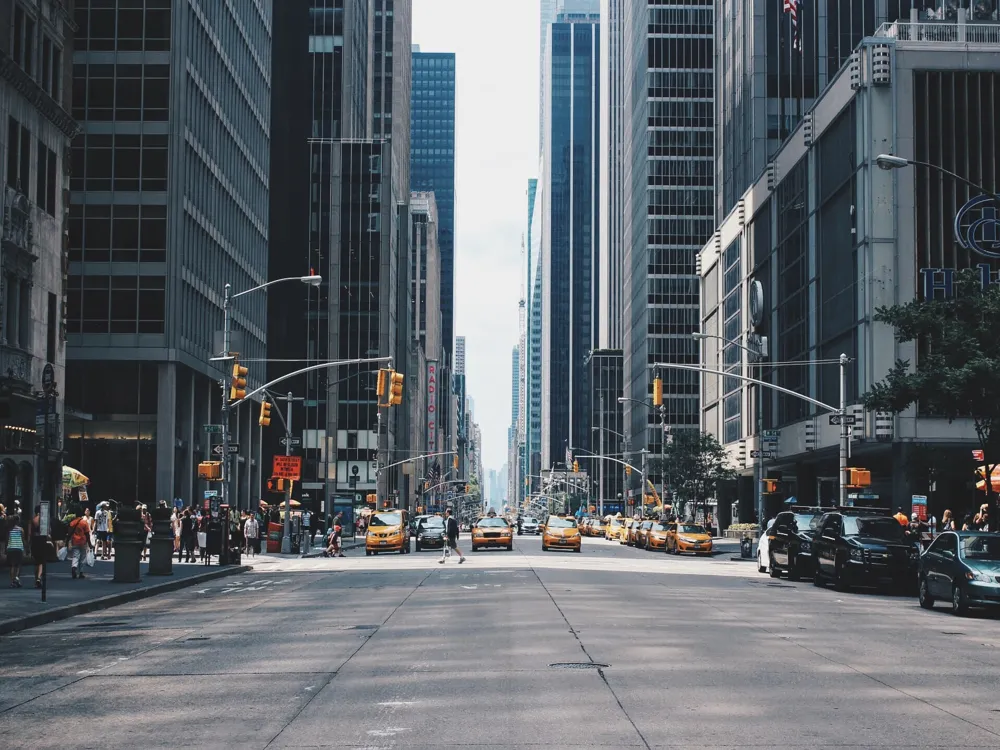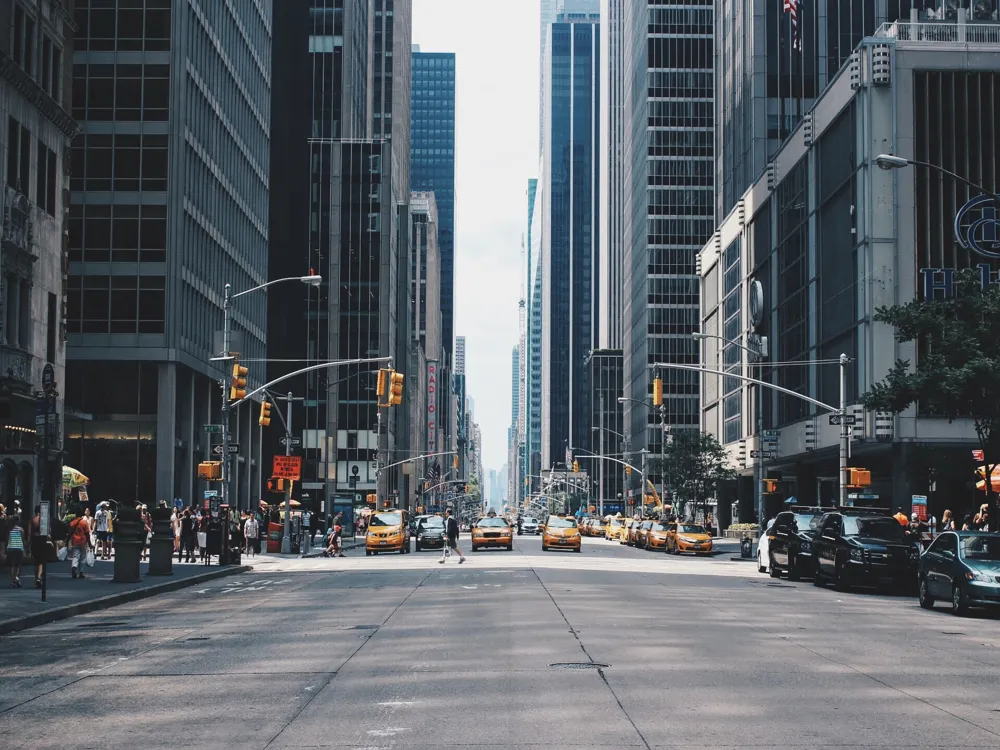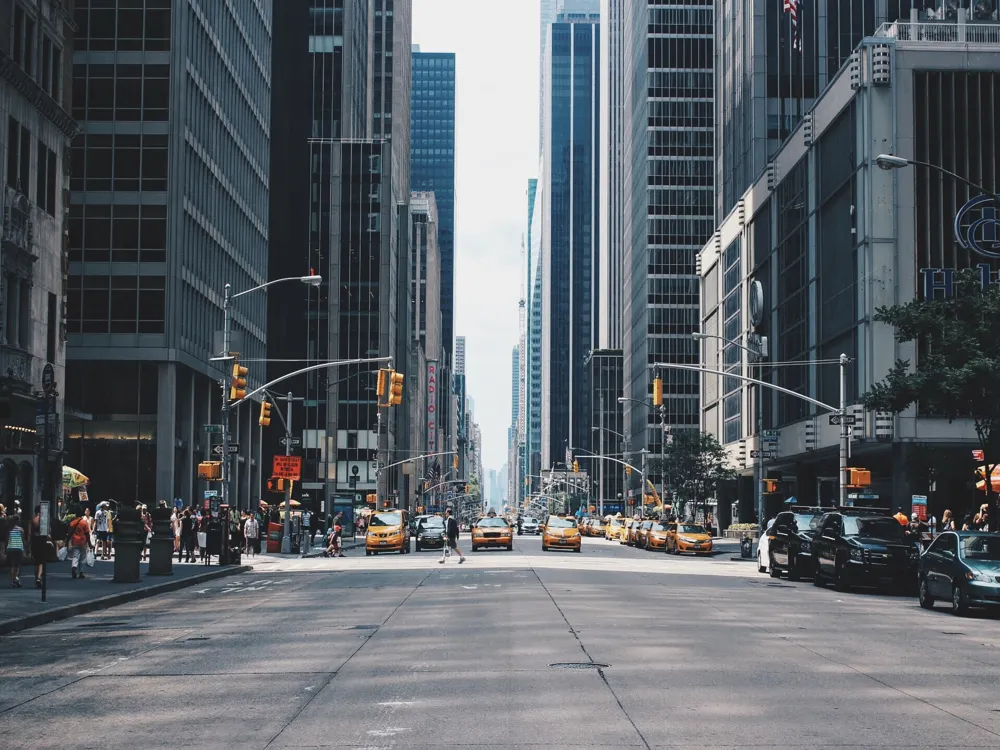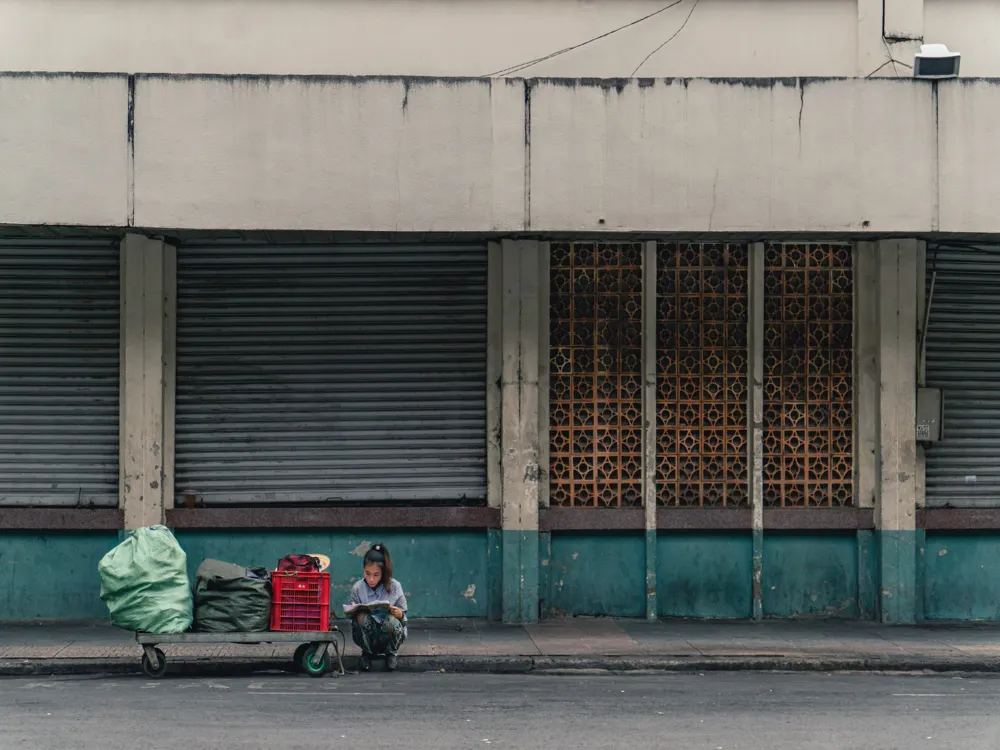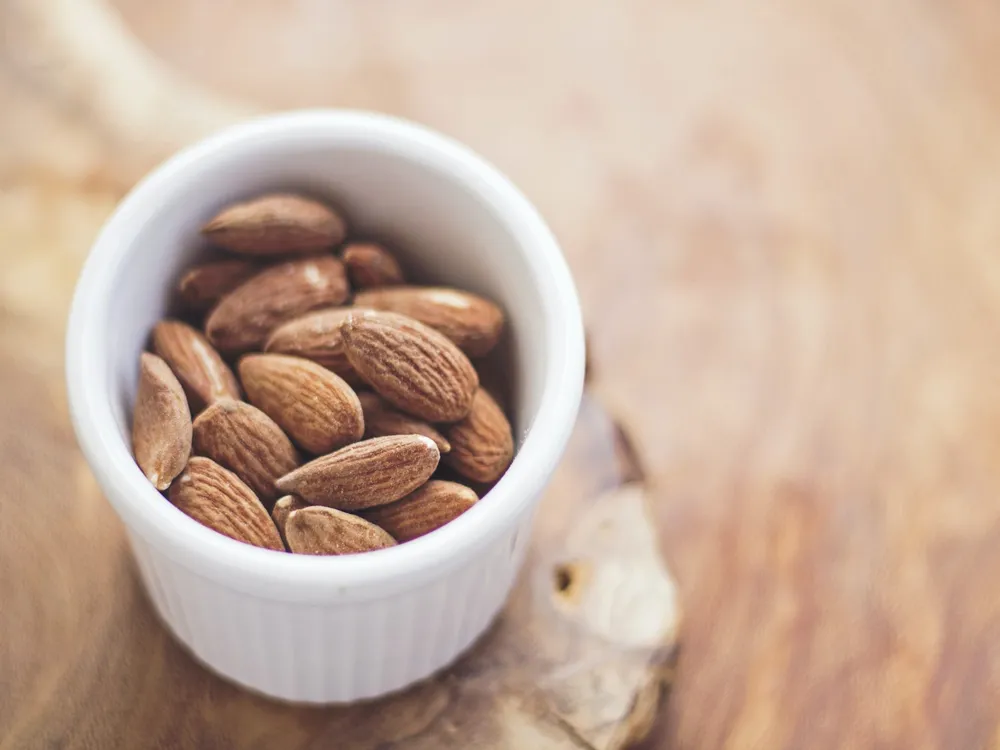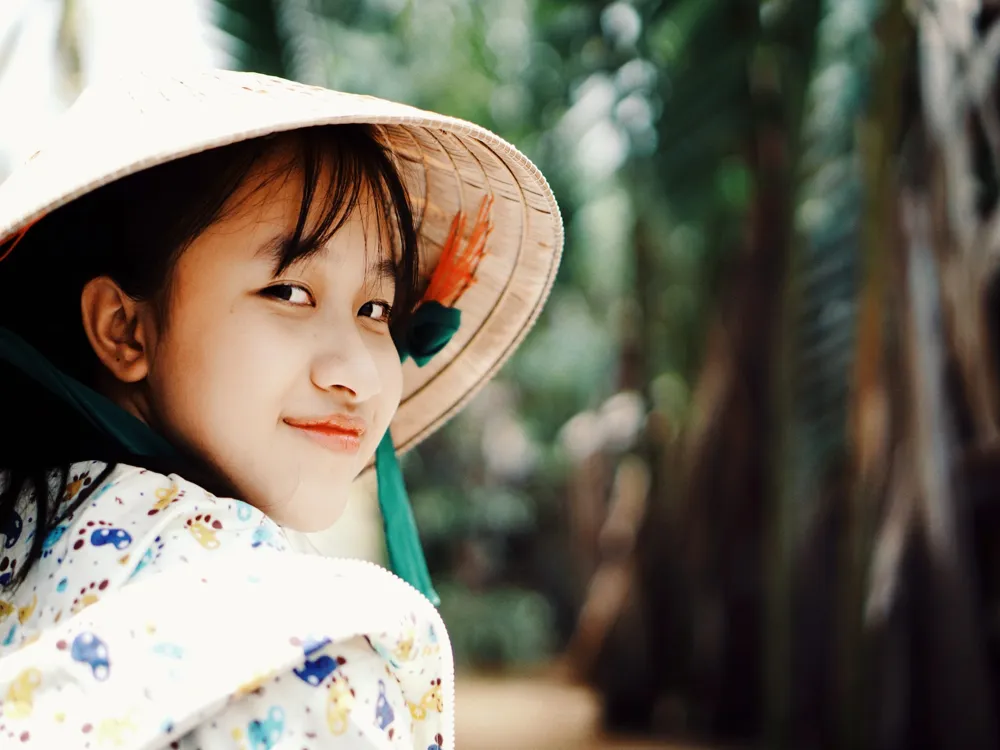Nestled in the heart of Ho Chi Minh City, 22 Ly Tu Trong stands as a testament to the rich cultural and architectural heritage of Vietnam. This iconic building, with its unique blend of historical and modern design elements, offers a captivating glimpse into the country's past and present. Ho Chi Minh City, formerly known as Saigon, is a vibrant metropolis known for its lively street life, bustling markets, and a unique blend of architectural styles. Among the city's numerous attractions, 22 Ly Tu Trong holds a special place with its distinctive charm and historical significance. The history of 22 Ly Tu Trong is as fascinating as the structure itself. Constructed in the early 20th century, it has witnessed several pivotal moments in Vietnam's history. Initially serving as a symbol of colonial architecture under French rule, the building has undergone numerous transformations, reflecting the socio-political changes in Vietnam. Today, it stands not only as an architectural marvel but also as a symbol of resilience and adaptation in the face of changing times. As you approach 22 Ly Tu Trong, you are greeted by its striking facade that harmoniously blends traditional Vietnamese architectural elements with French colonial styles. The building's exterior is characterized by intricate detailing, large windows, and classic balconies that offer a picturesque view of the city's bustling streets. Its interiors are equally impressive, with well-preserved features that hark back to an era gone by. This remarkable building has also played a significant role in the cultural and social life of Ho Chi Minh City. Over the years, it has housed various institutions and businesses, contributing to the city's dynamic urban landscape. Its proximity to other notable landmarks, such as the Notre-Dame Cathedral Basilica of Saigon and the Saigon Opera House, makes it an integral part of the city's architectural tour. Exploring 22 Ly Tu Trong provides an opportunity to delve into the heart of Ho Chi Minh City's architectural and historical essence. It's a journey that takes you through time, offering insights into the city's colonial past, its struggle for independence, and its thriving present. Whether you're an architecture enthusiast, a history buff, or simply a curious traveler, 22 Ly Tu Trong is a must-visit destination that promises an enriching experience. The architecture of 22 Ly Tu Trong is a fascinating amalgamation of Eastern and Western design principles, exemplifying the unique architectural heritage of Ho Chi Minh City. This building is a prime example of the Indochinese architectural style, which emerged during the French colonial period in Vietnam. The style represents a blend of traditional Vietnamese architectural elements with French colonial influences, creating a distinctive and harmonious aesthetic. One of the key features of 22 Ly Tu Trong's architecture is its facade, which showcases a beautiful interplay of geometric shapes and ornate decorations. The building's exterior is adorned with intricate carvings, floral motifs, and decorative tiles that reflect both Vietnamese artistry and French elegance. The balconies, with their wrought iron railings, add a touch of European flair, while the roof's curved lines and pagoda-like structures echo traditional Vietnamese designs. The interior of 22 Ly Tu Trong is equally impressive. The layout is designed to maximize natural light and ventilation, a common feature in traditional Vietnamese architecture. The high ceilings, spacious rooms, and large windows create an airy and welcoming atmosphere. The use of local materials such as wood and ceramic tiles in the interior design further enhances the building's connection to Vietnamese culture and craftsmanship. Another notable aspect of the building's architecture is its structural resilience. Despite being over a century old, 22 Ly Tu Trong has withstood the test of time and remains in excellent condition. This durability can be attributed to the quality of construction materials used and the skillful combination of architectural techniques from both East and West. The architecture of 22 Ly Tu Trong not only represents a historical era but also serves as a source of inspiration for contemporary architects and designers. It stands as a living example of how different cultural influences can be harmoniously integrated into a single structure, creating a timeless and evocative architectural masterpiece. The ideal time to visit 22 Ly Tu Trong is during the cooler months from December to April. This period offers pleasant weather, making it comfortable to explore the building and its surroundings. Avoid visiting during the rainy season (May to November) as heavy rains might hinder your experience. Opting for a guided tour can enhance your experience at 22 Ly Tu Trong. Knowledgeable guides provide valuable insights into the building's history, architecture, and cultural significance. Check for available tours in advance and book accordingly. While photography is generally allowed, it's important to respect the privacy of any residents or businesses within the building. Always ask for permission before taking photos of private areas or people. Be mindful of local customs and traditions when visiting 22 Ly Tu Trong. Dress modestly and show respect towards the building's historical and cultural importance. 22 Ly Tu Trong is easily accessible by various means of transportation. For those staying in Ho Chi Minh City, the building is within walking distance from many central locations. Public transportation options include buses and taxis, which are convenient and affordable. For a more authentic experience, consider renting a motorbike or a bicycle, which allows you to explore the city at your own pace. If you're coming from outside the city, the nearest airport is Tan Son Nhat International Airport. From there, you can take a taxi or a shuttle bus to reach the city center and then proceed to 22 Ly Tu Trong. Read MoreOverview of 22 Ly Tu Trong, Ho Chi Minh City
Architecture of 22 Ly Tu Trong
Tips When Visiting 22 Ly Tu Trong
Best Time to Visit
Guided Tours
Photography Etiquette
Cultural Sensitivity
How To Reach 22 Ly Tu Trong
22 Ly Tu Trong
Ho Chi Minh City
₹ 17,501 onwards
View ho-chi-minh-city Packages
Ho-chi-minh-city Travel Packages
View All Packages For Ho-chi-minh-city
Top Hotel Collections for Ho-chi-minh-city

Private Pool

Luxury Hotels

5-Star Hotels

Pet Friendly
Top Hotels Near Ho-chi-minh-city
Other Top Ranking Places In Ho-chi-minh-city
View All Places To Visit In ho-chi-minh-city
View ho-chi-minh-city Packages
Ho-chi-minh-city Travel Packages
View All Packages For Ho-chi-minh-city
Top Hotel Collections for Ho-chi-minh-city

Private Pool

Luxury Hotels

5-Star Hotels

Pet Friendly







